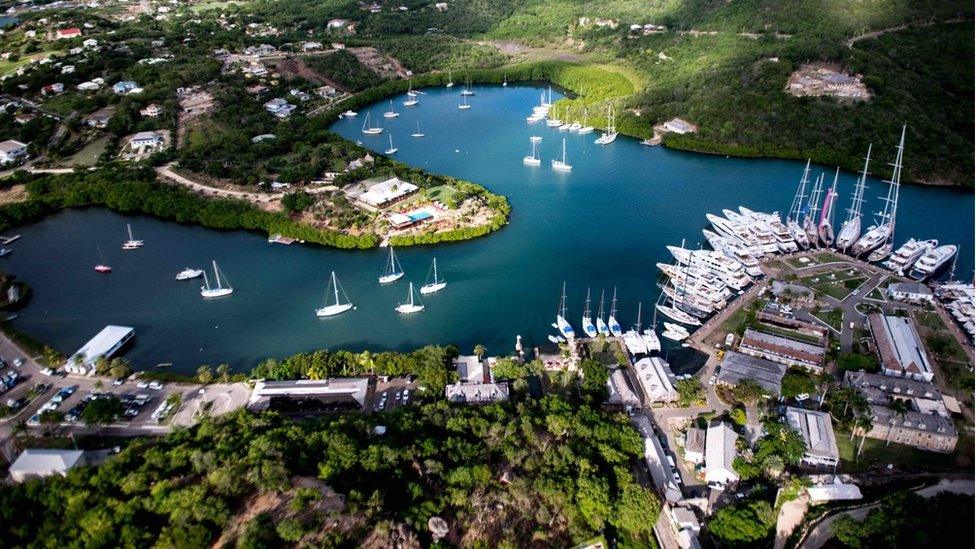Charting a course: Vintage vessels ready for yacht race
- Published
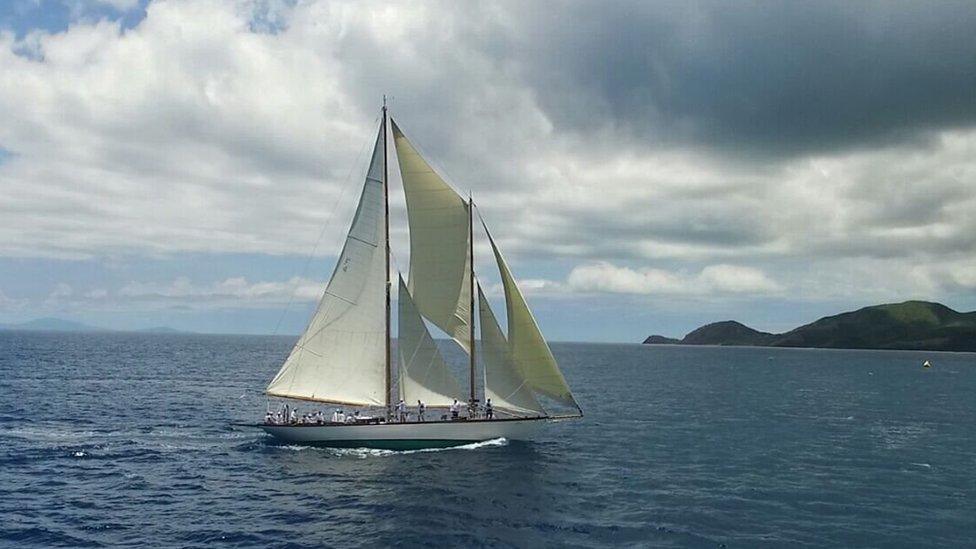
The Mary Rose will be taking part in the Antigua Classic Yacht Regatta in April
"It's like a Stradivari violin - you have to know how to play her," Gerald Rainier says of his 90-year-old classic yacht Mary Rose.
The vessel's exquisite craftsmanship is not the only parallel with the distinguished instrument. Every inch of the 65ft (20m) vintage schooner is a testament to the meticulous maintenance and expertise needed to keep her pristine and functioning.
Her colourful past includes devastation by both hurricane and fire before being bought by Mr Rainier in 2004 and painstakingly restored to her former glory.
This April, along with dozens of other venerable vessels, Mary Rose will once again compete at Antigua Classic Yacht Regatta, external, now in its 30th edition.
For Mr Rainier, who visits each year from Vienna, it is a chance to share his passion with enthusiasts from across the globe.
'Love affair'
Sailing a classic boat requires the precision of a symphony orchestra, each crew member playing a vital role, he tells the BBC.
"With a modern yacht, you can force your will upon nature and it won't break. There's not a chance of doing that with a classic, it will fall apart. It's a love affair; she needs TLC [tender loving care] or she will rebuke you - and, unlike people, boats are not forgiving."
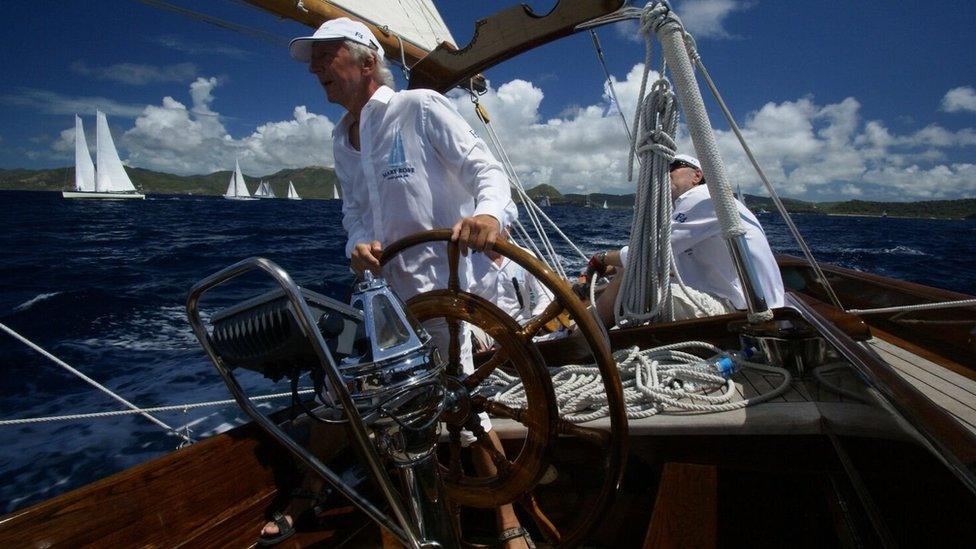
Gerald Rainier says sailing the Mary Rose requires precision
"To care for them, you have to use the same techniques used when they were built."
Preserving the 1926 vessel is a full-time job. "It takes the equivalent of one person working eight hours a day, nine months a year," Mr Rainier continues.
That involves thoroughly sanding and varnishing the wood biannually to protect it and prevent cracking.
Up to two months a year are spent keeping rust at bay on everything from the engine, generator and frames to the thousands of bolts holding the planks in place.
On top of that, housekeeping of the interior consumes an hour each day.
Inside, Mary Rose, the last schooner designed and built by the acclaimed Nathaniel Herreshoff, is largely unchanged from her heyday.
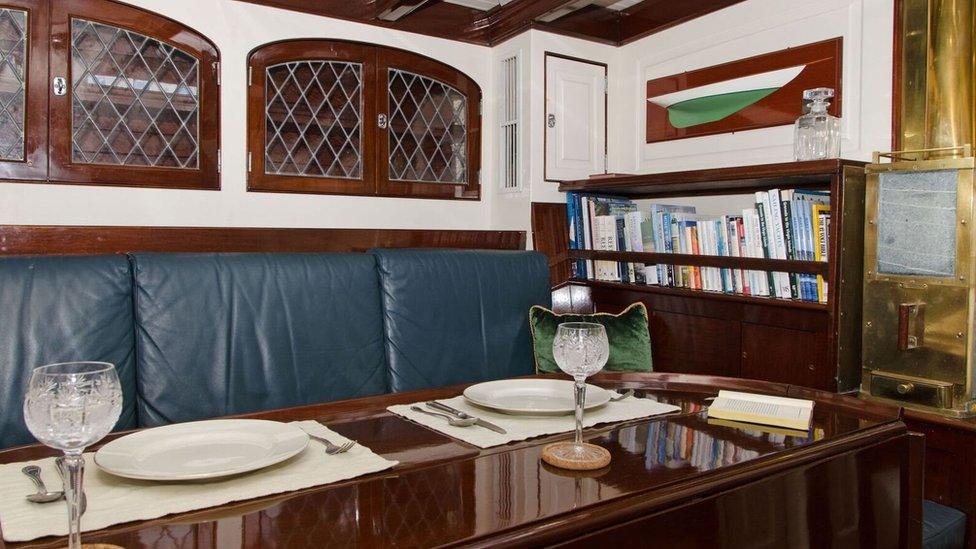
The interior of the Mary Rose has changed little since it was built 90 years ago
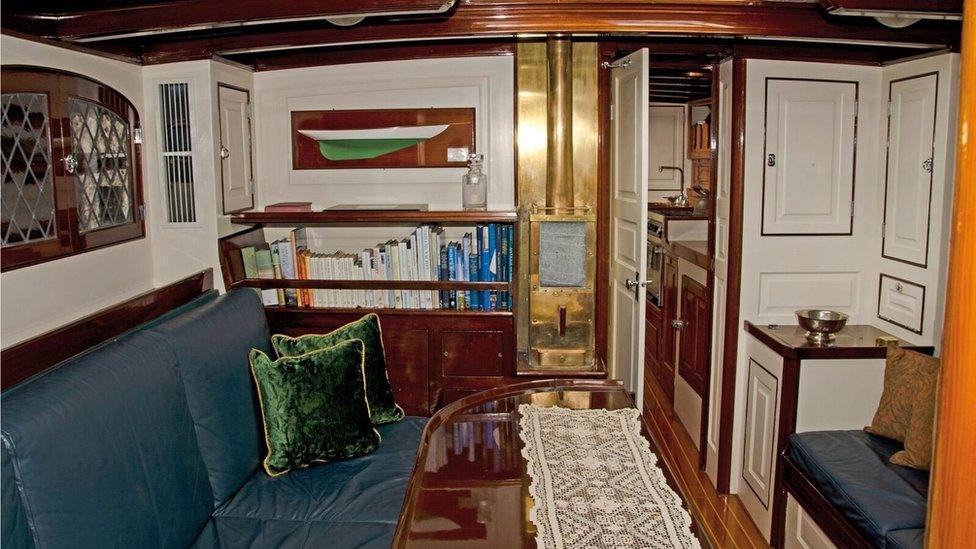
Space is limited on board the Mary Rose, but the inside was elegantly furnished
What she lacks in space she makes up for in warmth thanks to her mahogany panels and leather decor, Mr Rainier says. The only nod to modernity is a fridge. Even the kettle is 80 years old.
Safety, and insurance policies, necessitate GPS and an electronic chartplotter for navigation.
"But, like in old times, we still have charts on the table and every 30 minutes we mark where we are," he adds.
Guided by the stars
Long-term Antiguan resident Carlo Falcone is an Olympian sailor who has traversed oceans in his beloved 1936 79ft ketch Mariella.
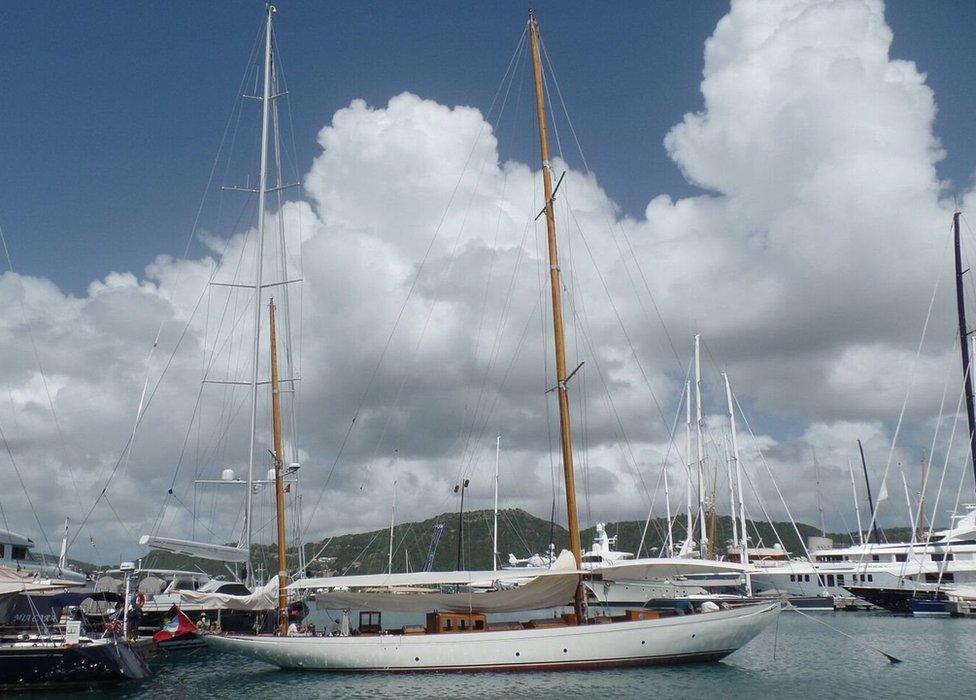
Carlo Falcone used to sail the Mariella without the help of GPS
But, although she is fitted with GPS, he still has an old-fashioned sextant too which determines a boat's position by measuring angles between celestial objects and the horizon.
"I did not have GPS when I first sailed to Antigua," Mr Falcone, originally from Italy, says. "Before, you were travelling with the stars - GPS took some of the magic away.
"It's a special feeling being in an old boat with a wooden mast in the middle of the Atlantic, far away from everyone," he continues, "and you have to be able to fix everything yourself. The engines, sails and generator all need maintenance, as with modern boats, but it's actually simpler because there's no electronics.
"You can repair them easier too; you don't need an engineer like most motor yachts."
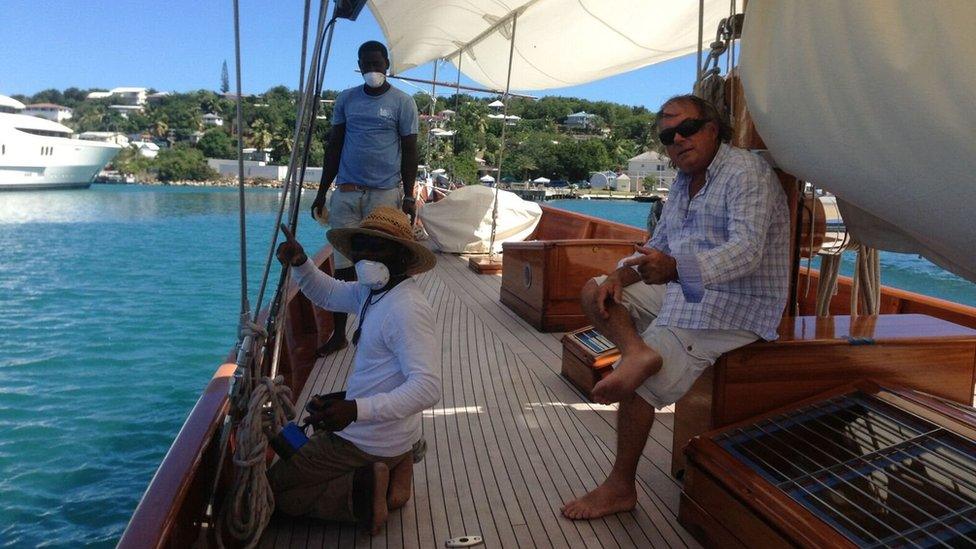
Carlo Falcone (seated) says repairing vintage boats can be easier than fixing modern ones
Mariella's decks are cleansed with salt water each night to tighten and protect the teak. Her underwater hull is treated annually with antifouling paint to prevent barnacles and she is re-varnished every few weeks.
The authentic interior boasts original portholes and panelling. Even the toilets still have their original brass hand pumps. Both the stove and dining table are self-stabilising to stay horizontal in stormy weather.
"The accommodation is much smaller and narrower than a modern yacht," Mr Falcone says, "but it has a warmer, more harmonious feeling.
"We call this the 'dog house'," he continues, pointing to a tiny berth at the top of the stairs. "Actually everyone loves to sleep here because you get such a great view through the windows."
Contemporary vessels lack the "depth" of a classic, he believes.
"Like a special dish, a classic has taste. You are a part of history; unlike a modern boat, a classic is one of a kind, it's unique."
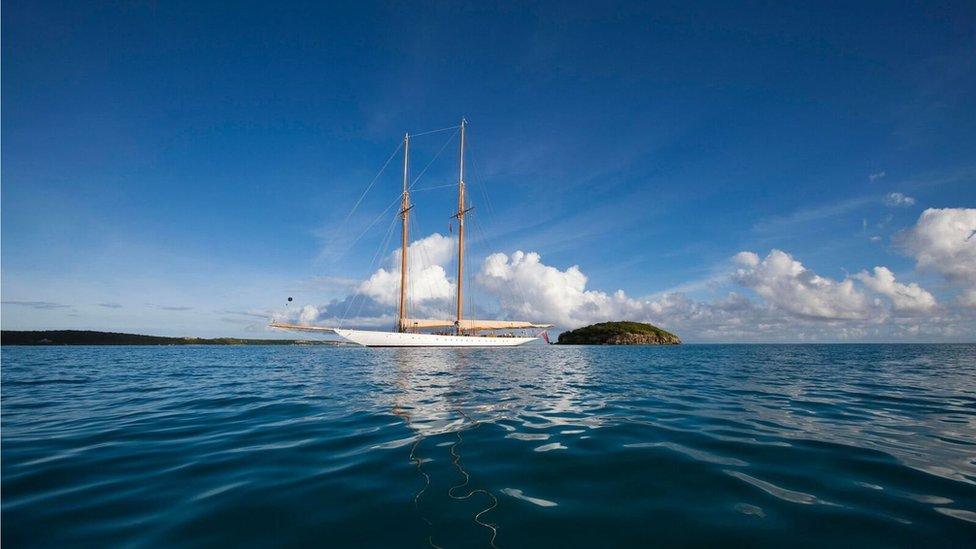
Sailing classic boats such as the Elena, a 2009 136ft schooner, is a unique experience, enthusiasts say
Mr Rainier agrees.
"When you buy a new boat, after two years it's old. An old-timer is an antique; it always feels like a new boat," he says.
"Elegance is what sets them apart. When these old ships were built, they knew what elegance was - and true elegance never fades."
- Published15 September 2016
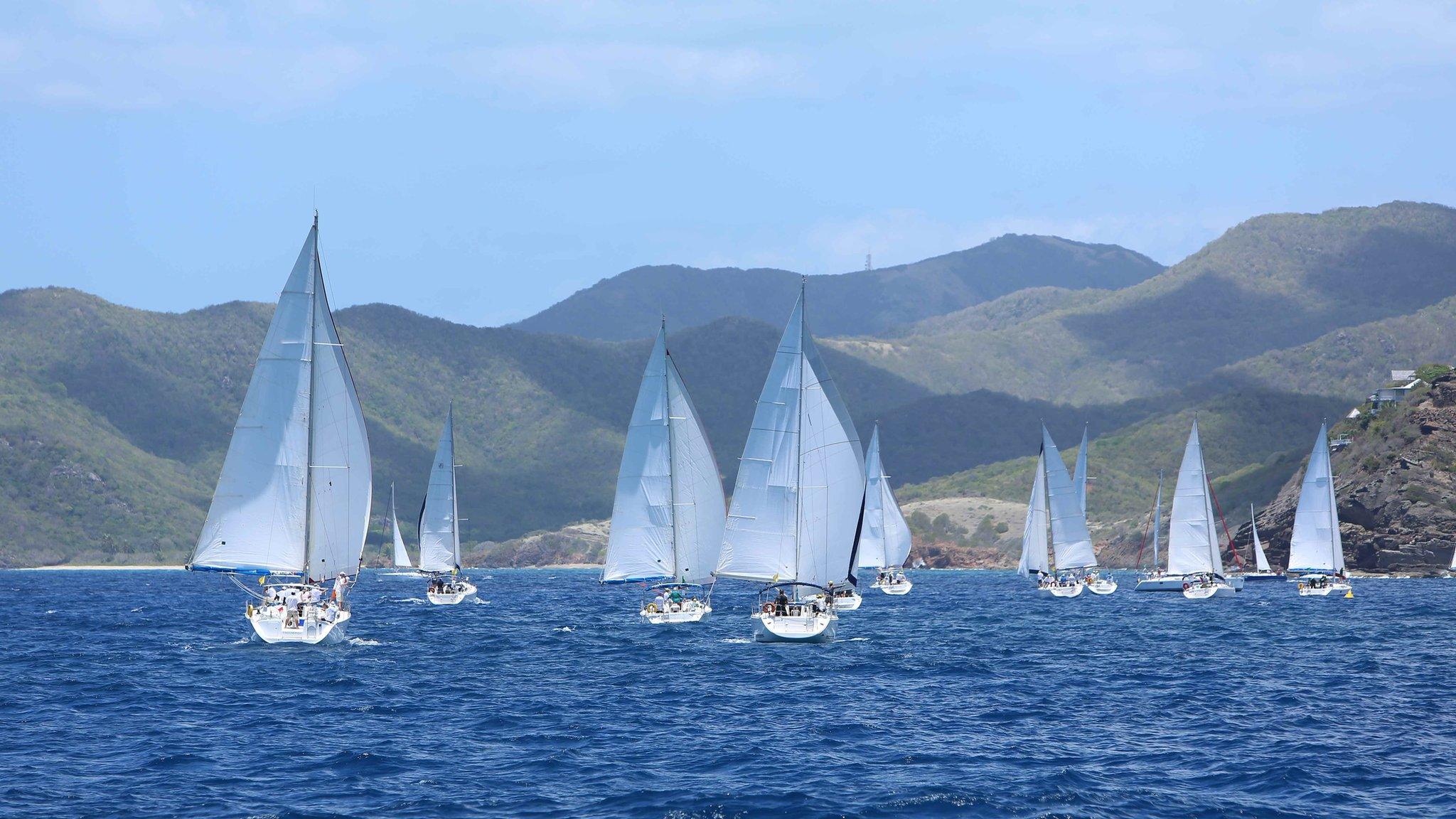
- Published11 September 2016
